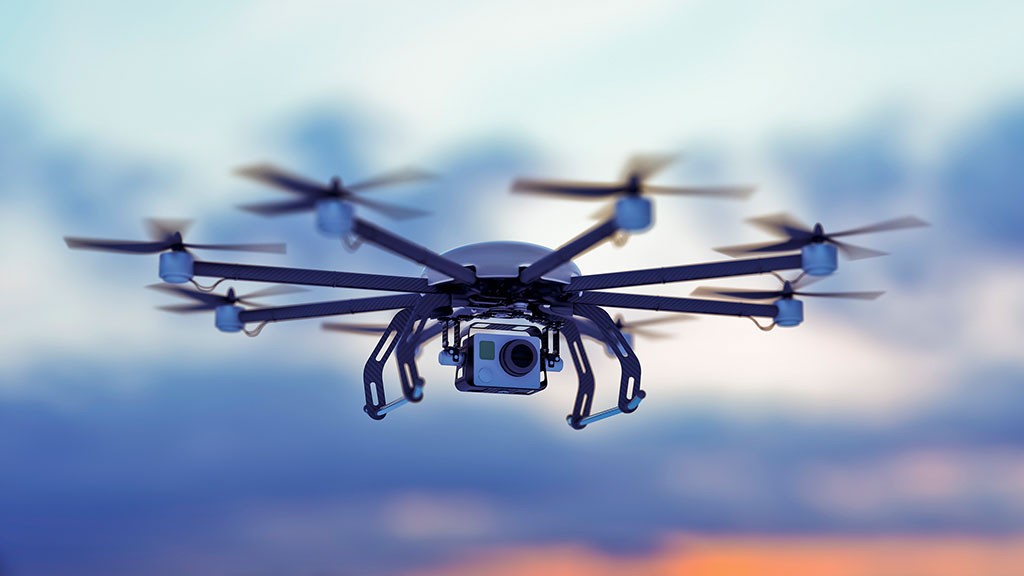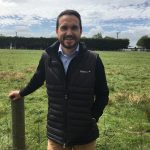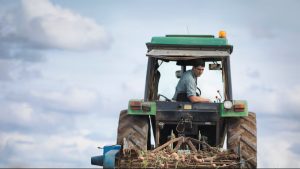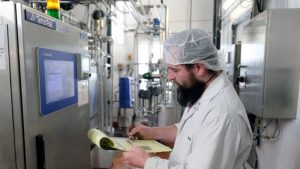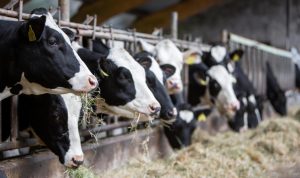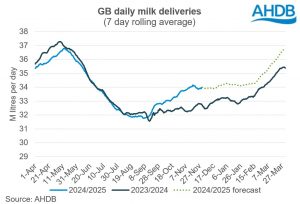
That is the prediction of Duncan Forbes who is heading up the South West Dairy Development Centre at Shepton Mallet where they are working on the technology to enable them to be able to each day accurately allocate their six-hour grazing blocks based on detailed sward data.
However, after a full year in operation, the centre has fallen short of its predicted volume milk yield target, but produced some astounding solids figures. Volume was around 8000 litres against a target of 9000 litres for the Holstein-Friesian herd.
“We’re not slavishly pursuing yields as we are more interested in efficiency of production and optimising the amount of milk we are able get from forage in general, as producing milk from forage is a lot cheaper than milk from concentrates,” he said.
“We have better quality milk than we used in our original budget of 9000 litres, but if you fat correct the volume it comes to 642kg solids, which is close to the 650kg target.
“We are averaging 4.6-4.7% fat and 3.6-3.7 protein, and when we get to 9000 litres we will be knocking 650kg out of the window,” he claimed.
“According to Kingshay costings, a litre of milk from concentrates will cost you about 14p, or roughly half your milk price. From grass or maize silage it will be roughly 7p.
“But if you send the cows out to do the harvesting themselves, it is about 3p.
“We’re aiming to develop precision grazing and I can entirely understand why producers don’t like the inaccuracy and imprecision of grazing – they have much more precision when they are feeding with a mixer wagon and when they turn them out to grazing they lose that level of precision.”
But he said technology would help put precision into grazing.
“I think we can do a lot with soil sensors which are telling us about the moisture content of the soil, the temperature and even the biological activity in the soil,” he said.
“If we can combine that with meteorological data, we should be able to get a much better forecast of the forage availability going forwards.”
Asked about how the robotic milking was working with grazing, he said there were always one of two late lactation cows which were reluctant to return as their concentrate lure was insufficient to entice them back.
